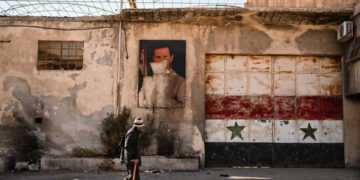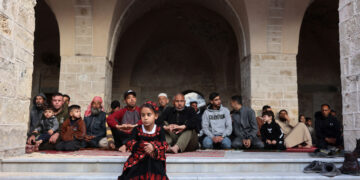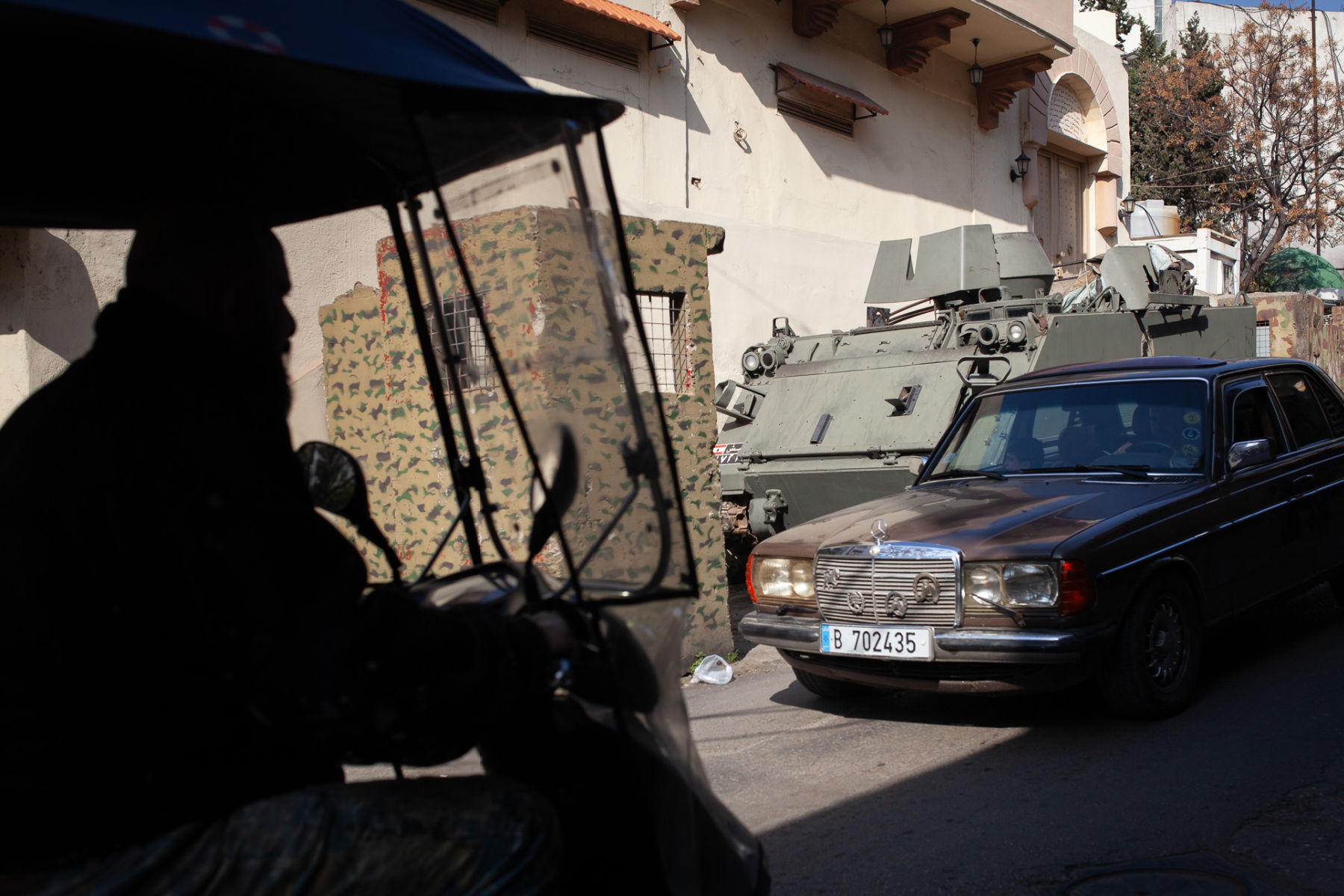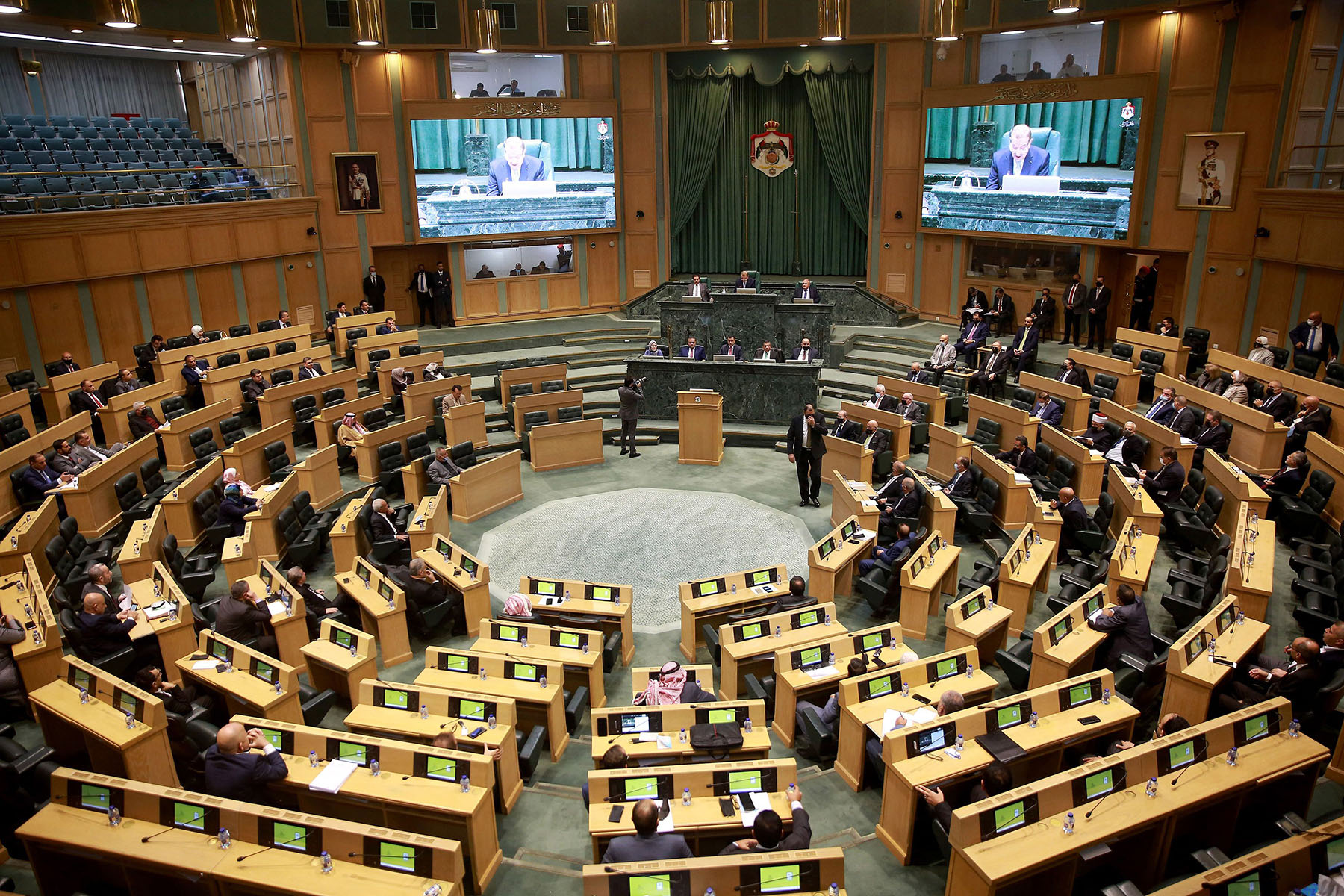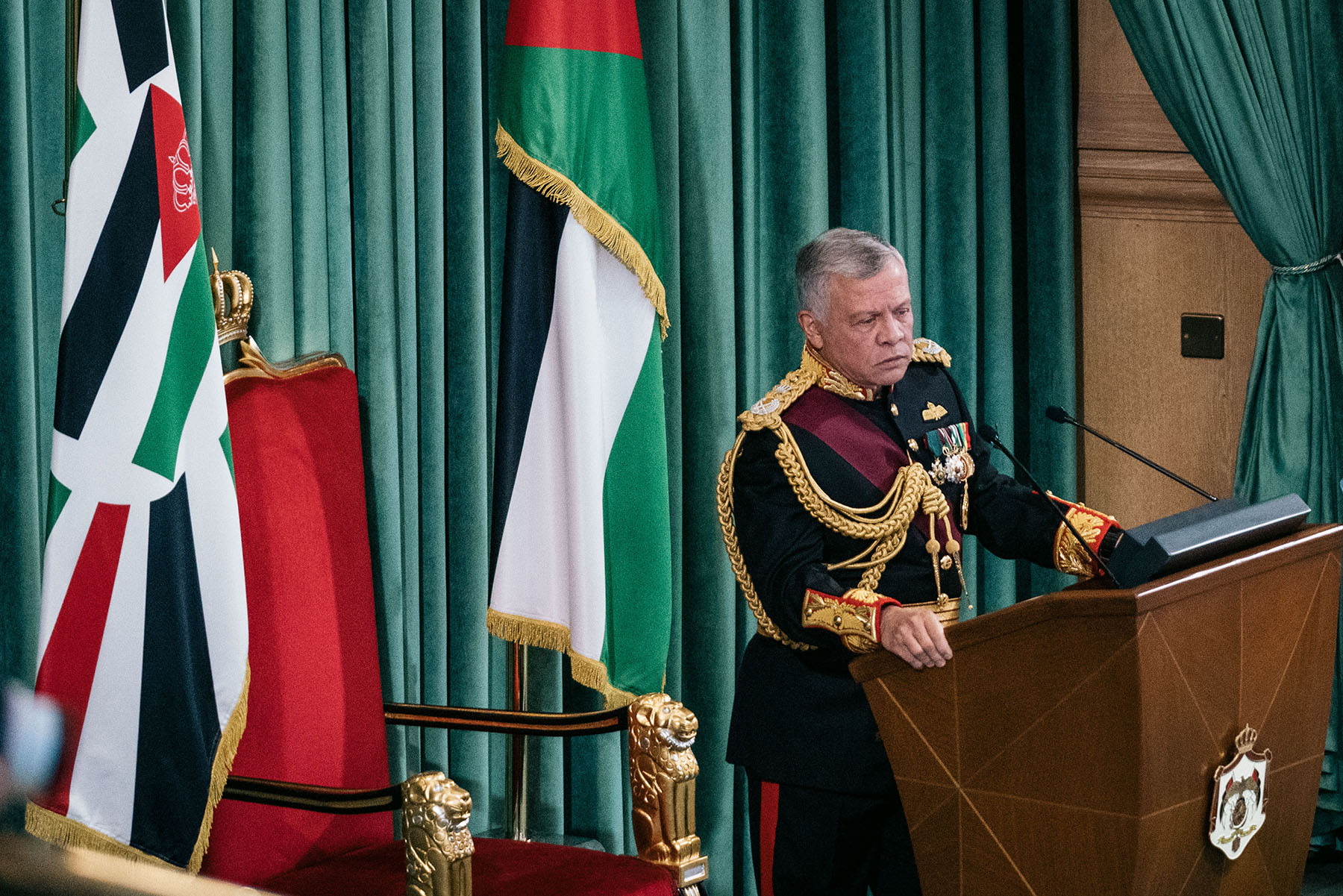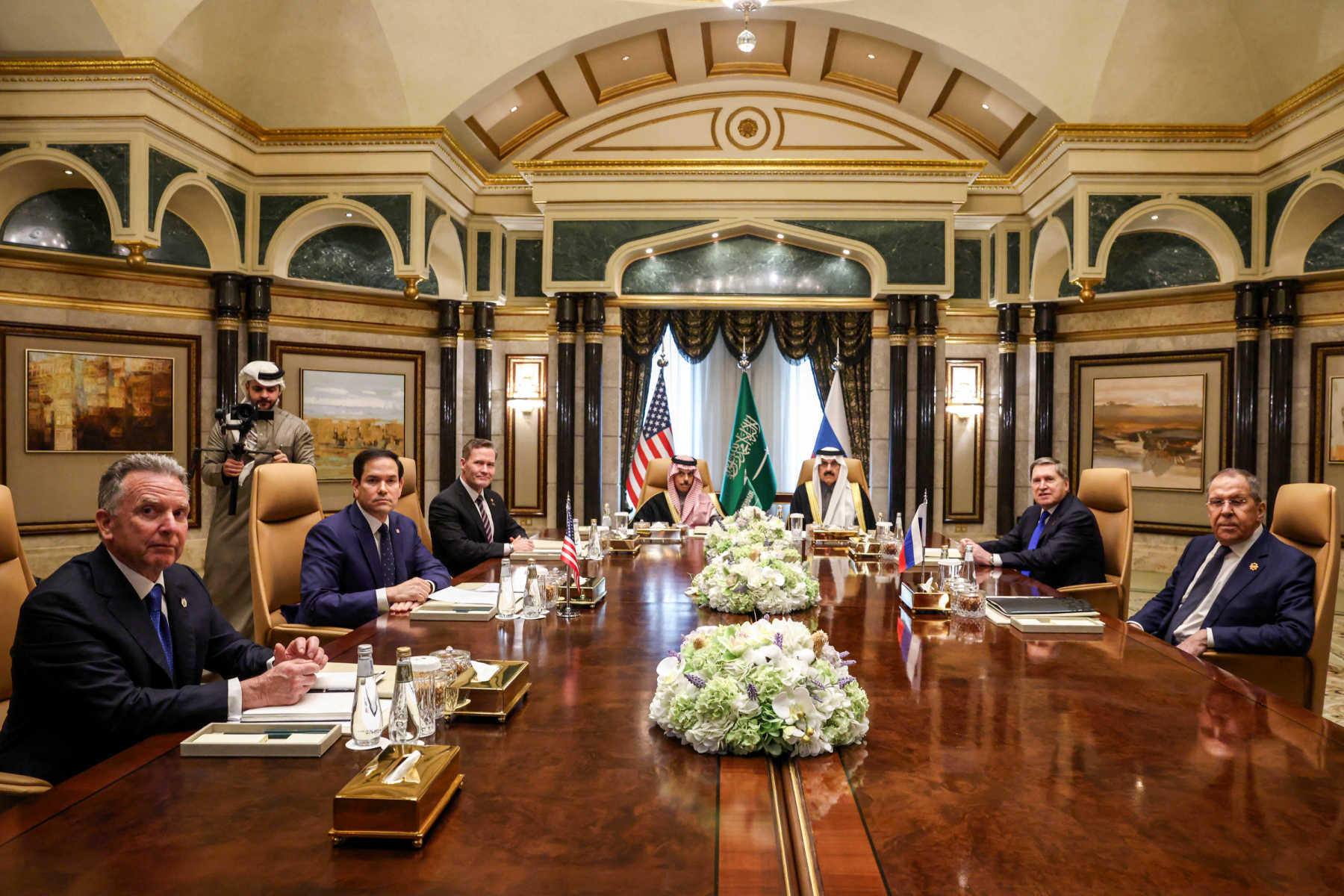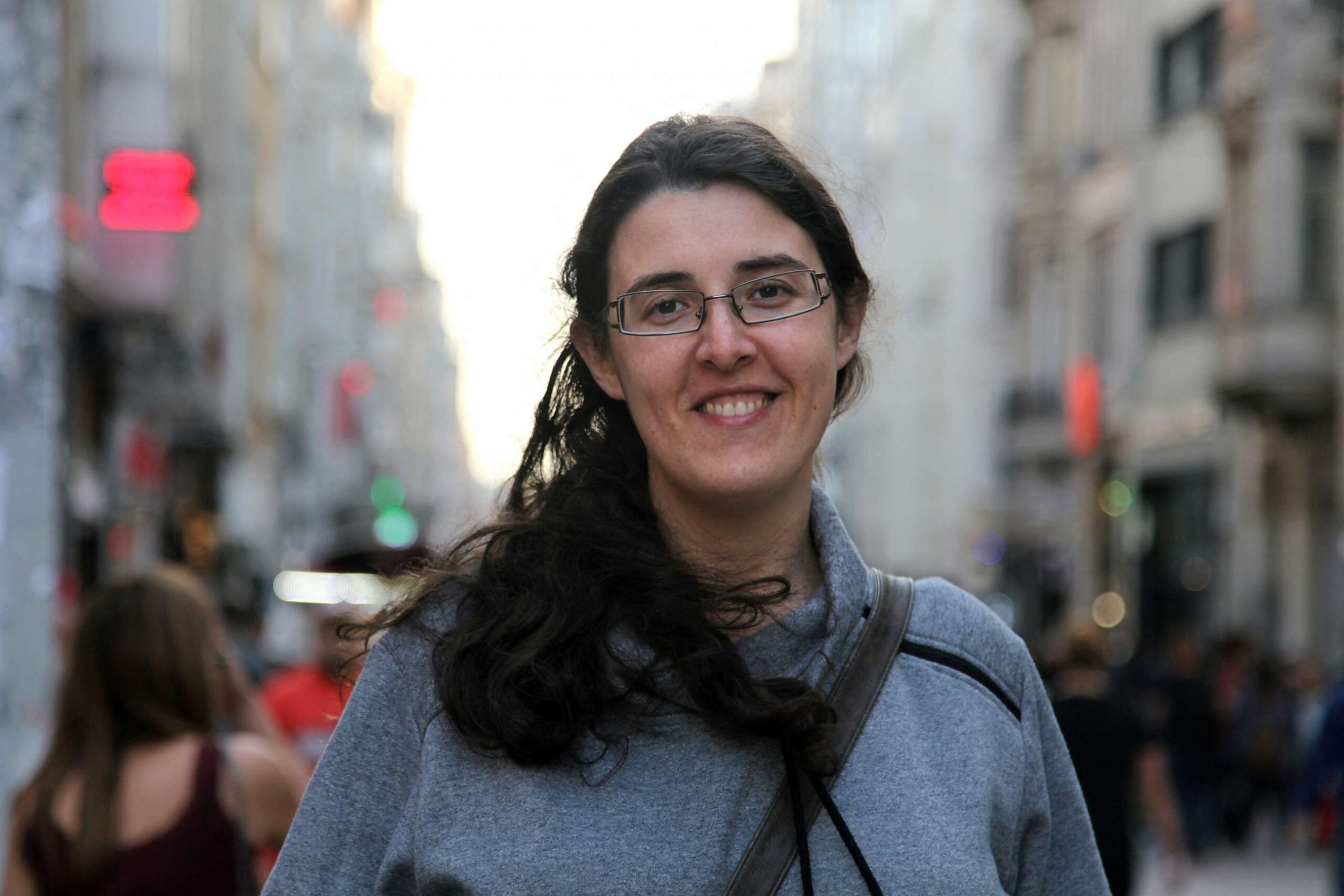Ammar Azzouz is a British Academy research fellow and lecturer at the University of Oxford. He is the author of Domicide: Architecture, War and the Destruction of Home in Syria.
If you walk down al-Dablan Street in Homs, you would never guess that this city has been at war. The street, which was car-free starting during Ramadan from about 5 p.m. until the next morning, was buzzing with life in the few days before the recent Eid al-Fitr. People were doing their last-minute shopping for their first Eid after Assad's fall, a celebration of a new era in Syria.
But behind this well-lit street, behind the crowded shops and loud laughter, there is a deeper story of pain, grief and sorrow.
Walking from al-Dablan toward Jouret al-Shayah, in the heart of Homs, I came upon a large mural of Bashar al-Assad, around 10 meters high—raising his hand, waving to the city, to the people of Homs. When Assad's regime abruptly collapsed on December 8, the statues and posters of Assad and his family that for decades were everywhere in Syria were torn down with his tyranny. On this particular Assad mural, his hand was still there waving, but he was faceless. It is no longer "Assad's Syria," as his supporters called the country for so long. We are in a new Syria, a Syria without Assad.
I used to ask friends to send me photos of the city I yearned for. I virtually walked Homs' streets through Google Maps, to remember them. And now, here I am, walking these streets myself, reclaiming them.
- Ammar Azzouz

Not far from this busy street, the scars of the war remain. I walked across many streets in Jouret al-Shayah that had been entirely destroyed. Even though the fighting there ended years ago, the neighborhood, once a mostly Sunni community, was still in ruins and emptied of its people. Like other parts of Homs—and other cities across Syria, from Damascus to Aleppo—Jouret al-Shayah is still largely unpopulated.
In the Old City of Homs, I visited once-rich historical sites that have been in ruins for many years now, including mosques, palaces and Ottoman-era courtyard homes. Inside, time had frozen—shattered windows, broken beds, clothes and documents of people whose lives were still there in the rubble. It felt as if these homes were waiting for their inhabitants to return.
I wondered, where are they? Are they still alive? Have they been killed or displaced? How can we protect what remains?
I left Homs in November 2011, and this was my first time returning home, to my country and my city. I used to ask friends to send me photos of the city I yearned for. I virtually walked its streets through Google Maps, to remember them. And now, here I am, walking these streets myself, reclaiming them, rediscovering my own city, reconnecting with my heritage and history. I felt an ocean of emotions, most of all the joy of being able to return, as I feared living my entire life in exile. I walk the streets feeling a sense of connection, belonging, happiness and relief. I am here. I am finally in Homs.

But at the same time, there was a huge sense of grief for the loss that we Homsis have personally and collectively endured. When I visited my neighbor, she recalled the story of her husband who was kidnapped during the war. When he was released, they fled to Lebanon. The other neighbor's husband had been imprisoned; his dead body, showing signs of torture, was sent to his family.
My friend told me how his brother was detained in front of him and sent to one of Assad's prisons, where two of his fingers were chopped off as part of his interrogation. Later, they discovered that he was imprisoned by mistake; one of the regime's many security branches had wanted someone with the same name. He was still imprisoned for six years and now lives with the physical and psychological scars.
I spoke with the brother of my architect friend who was imprisoned for peacefully protesting. After the collapse of the Assad regime, they found his name online in the archives of those killed in prison. There was a sense of calmness and faith in my friend's voice when he told me: "It was the way he chose to exit this world. May Allah accept him as a martyr."
Beauty remains in Homs. So many people are gone, but there is a soul here that has not left. Everywhere, though, the memory of everyone killed haunts the city.
- Ammar Azzouz

It will take time for us to get to a place where these stories are told and untold. Only a few months ago, Syrians wouldn't dare to talk about their disappeared and jailed family members, out of fear. Like every Syrian, I had a code language with my friend whenever we referred to his imprisoned brother. I would ask him if he had returned yet from his "travel" or not. Fear was everywhere. But not today. It is part of the process of healing to say what happened, to make the injury visible, to grieve and remember how we have got here.
One day, before Eid, the children were playing in the streets of Homs' Old City. Two of them were on bikes, while pretending with their fingers to be smoking. I jokingly asked if they had a lighter. They stopped in the street to light my imagined cigarette with their imagined lighter. We laughed out loud, and then they got back on their bikes and continued on their way.
Beauty remains in Homs. So many people are gone, but there is a soul here that has not left. Everywhere, though, the memory of everyone killed haunts the city.
On the morning of my first Eid in Homs after exile, after Assad, prayers echoed in the sky. The sun was out, and the birds were singing their eternal songs. It was a day to remember, and it will always be—a memory of a city that has preserved its beauty, innocence and kindness despite all the pain it has witnessed.



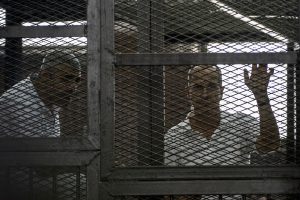
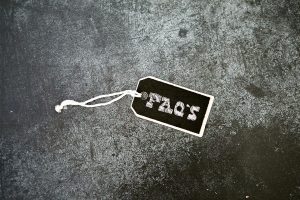

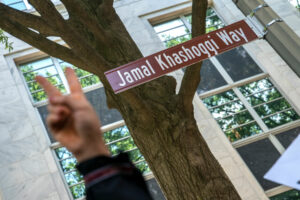

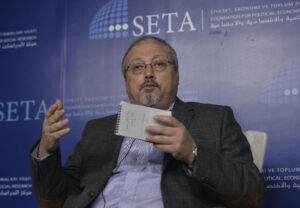
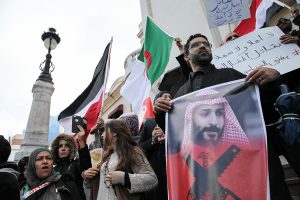
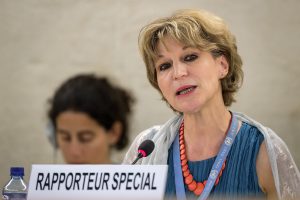
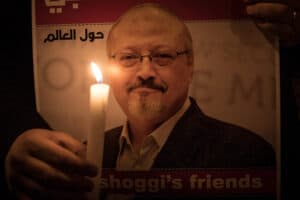
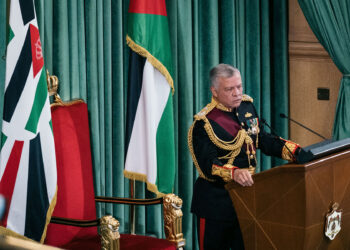

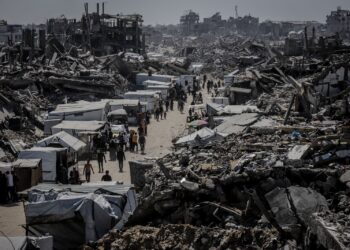

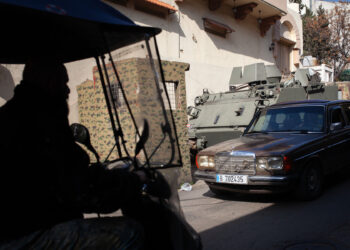
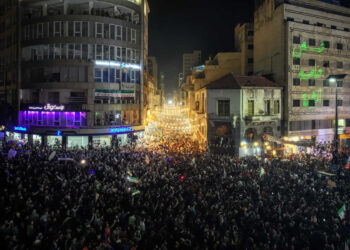
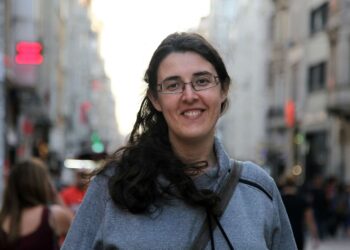





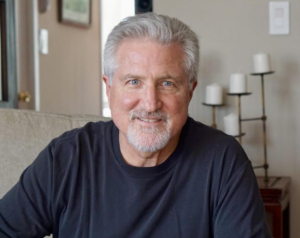

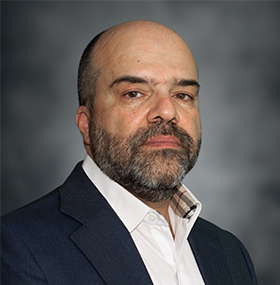
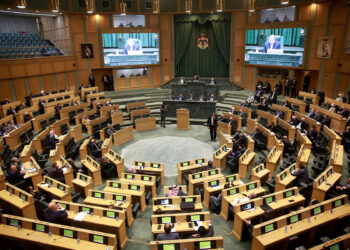
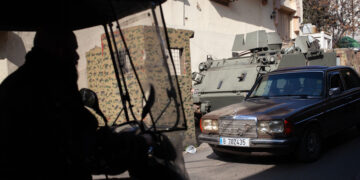

![Security forces loyal to the interim Syrian government stand guard at a checkpoint previously held by supporters of deposed president Bashar al-Assad, in the town of Hmeimim, in the coastal province of Latakia, on March 11, 2025. Syria's new authorities announced on March 10, the end of an operation against loyalists of deposed president Bashar al-Assad, after a war monitor reported more than 1,000 civilians killed in the worst violence since his overthrow. The Syrian Observatory for Human Rights said the overwhelming majority of the 1,068 civilians killed since March 6, were members of the Alawite minority who were executed by the security forces or allied groups. (Photo by OMAR HAJ KADOUR / AFP) / “The erroneous mention[s] appearing in the metadata of this photo by OMAR HAJ KADOUR has been modified in AFP systems in the following manner: [Hmeimim] instead of [Ayn Shiqaq]. Please immediately remove the erroneous mention[s] from all your online services and delete it (them) from your servers. If you have been authorized by AFP to distribute it (them) to third parties, please ensure that the same actions are carried out by them. Failure to promptly comply with these instructions will entail liability on your part for any continued or post notification usage. Therefore we thank you very much for all your attention and prompt action. We are sorry for the inconvenience this notification may cause and remain at your disposal for any further information you may require.”](https://dawnmena.org/wp-content/uploads/2025/04/syria-22039885951-360x180.jpg)
